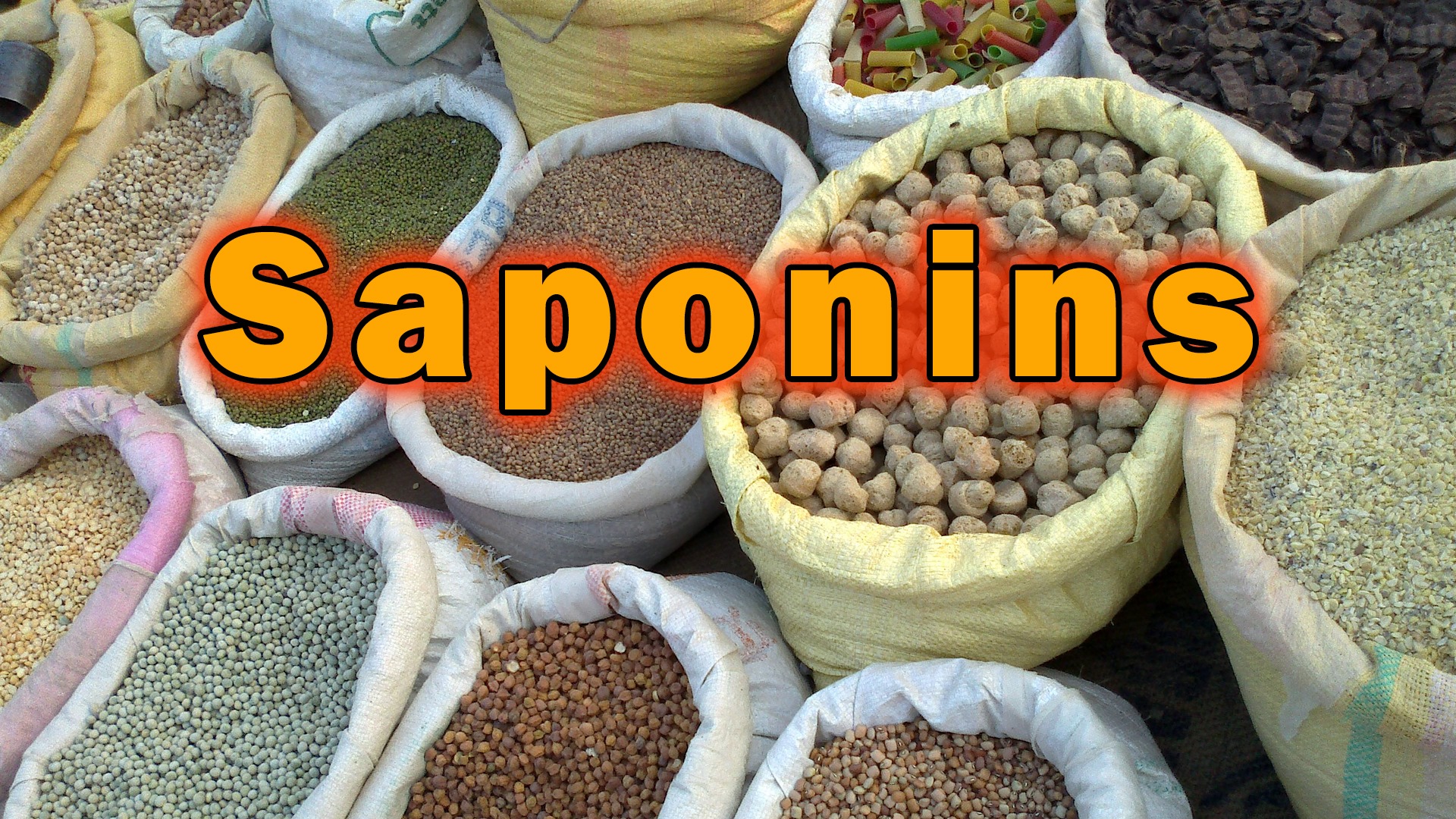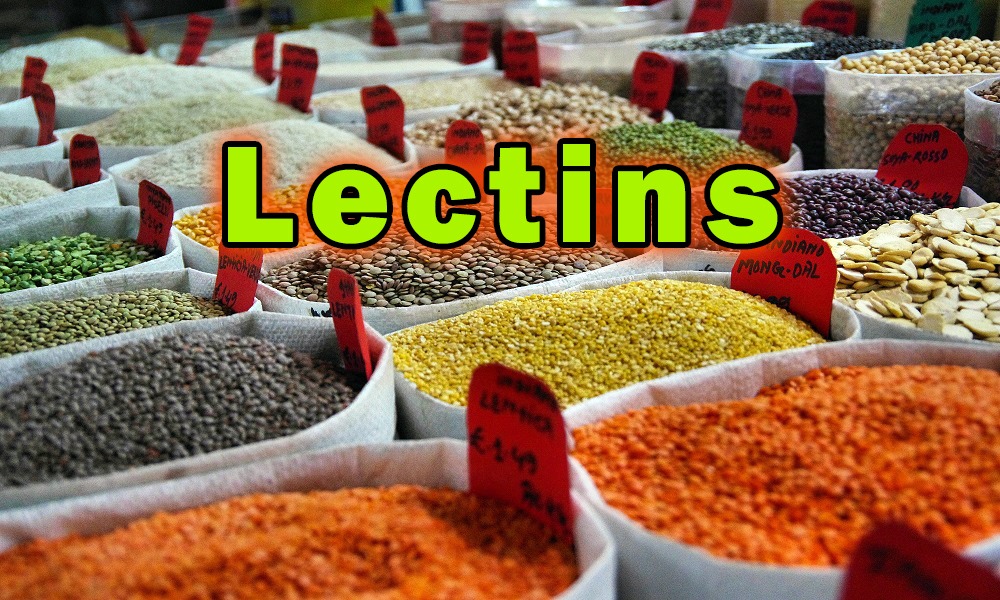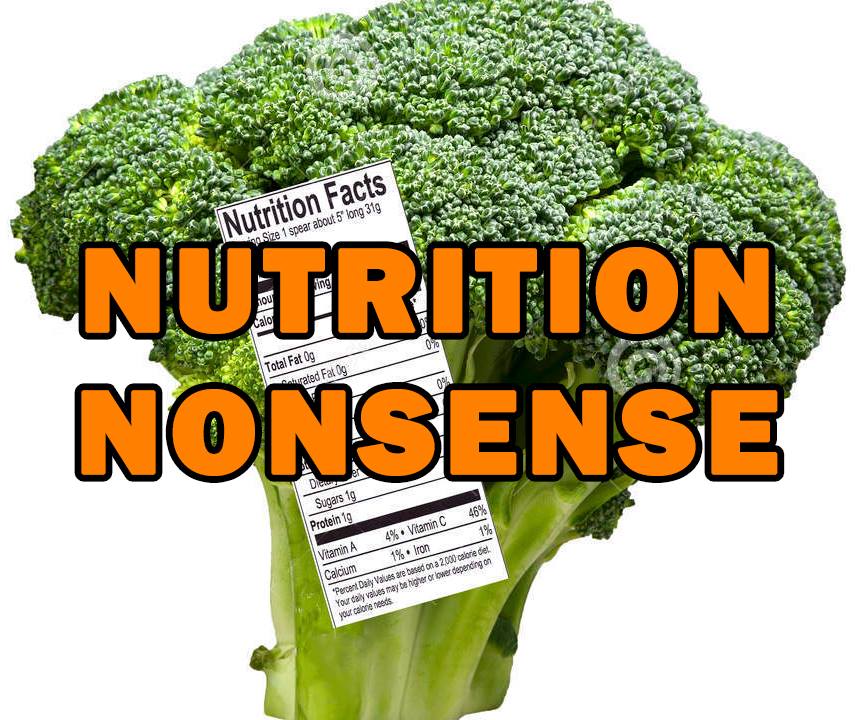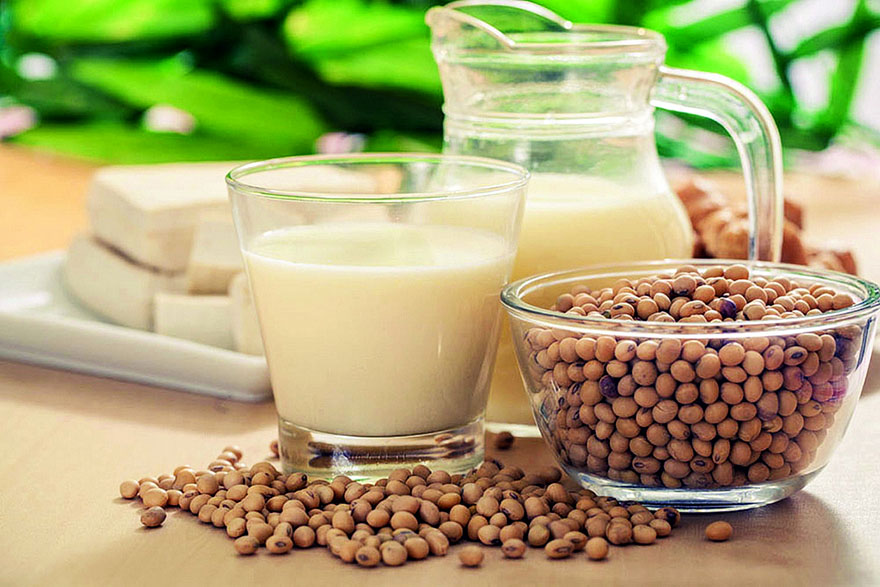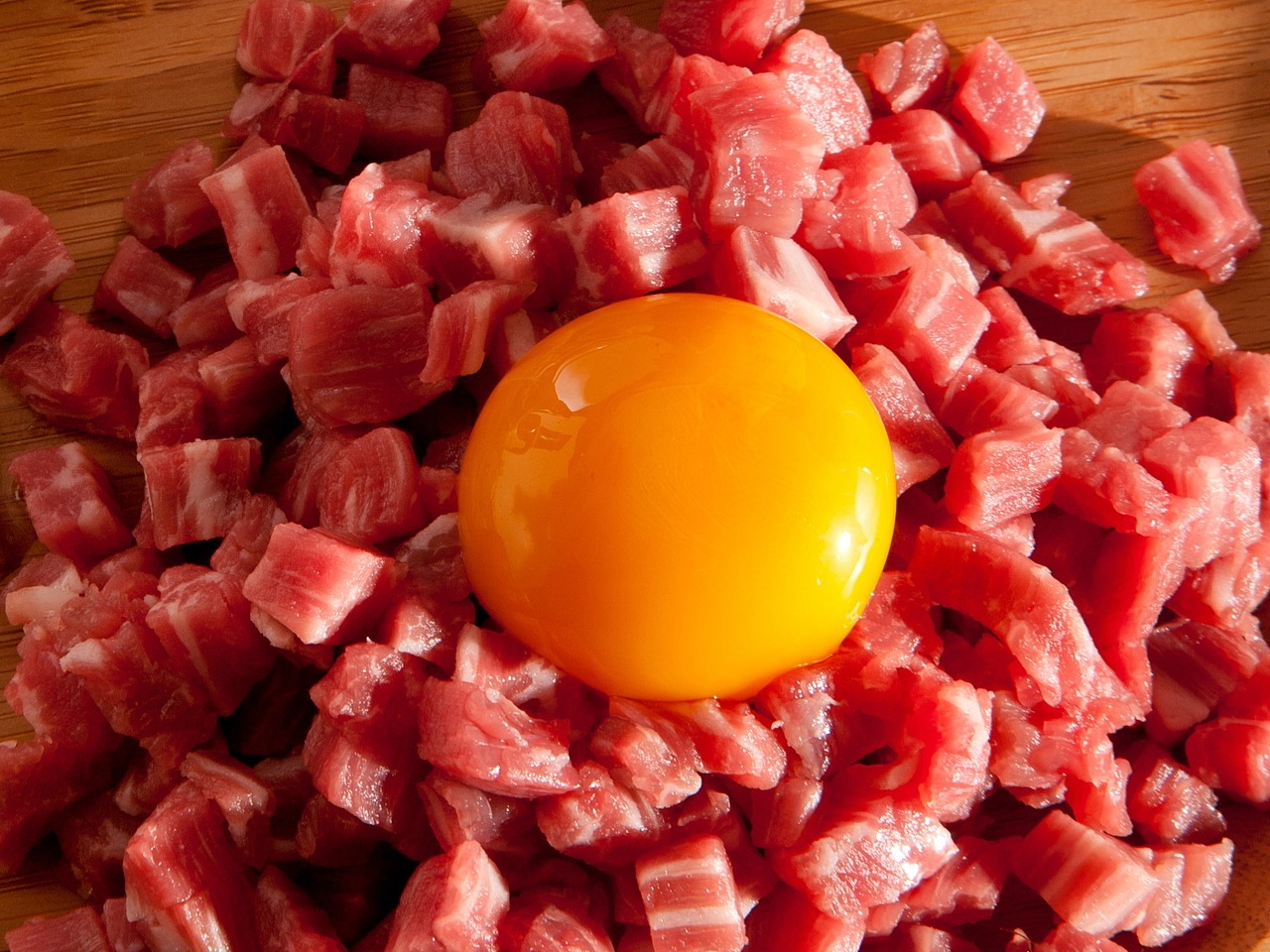Know Your Poison: Saponins
Saponins are antinutrients that belong to a class of defense chemicals found in abundance in certain plants. They are also known as ‘amphipathic glycosides’ from the soap-like foam they produce when shaken in watery solutions – and the fact that they are used as a model for detergents. The latter is very disturbing, and we’ll get to it in a moment. Saponins have a water-soluble carbohydrate bonded to a fat-soluble triterpene or steroid structure. […]
